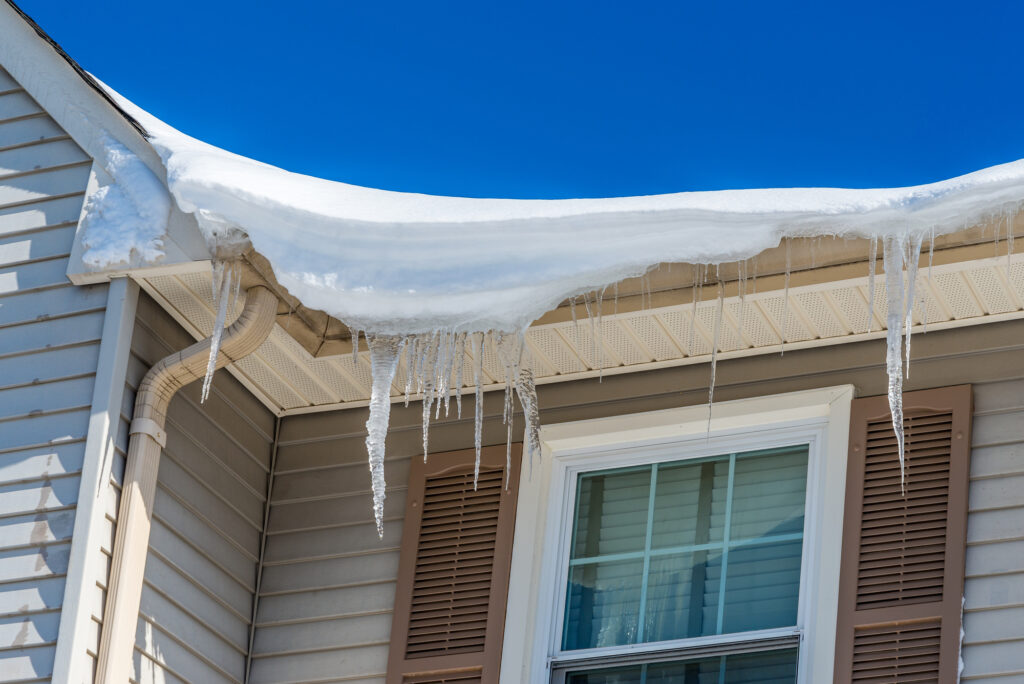8 Smart Ways to Heat Your Whole Home This Winter
What are the coldest states in America?
Alaska, North Dakota, Maine, and Minnesota, make up the 4 coldest states in America. In all 4 of these states, it’s not uncommon for the temperatures to fall well below 0°F. Brrrr!
As we get ready to enter the winter season, knowing how to keep your house warm is vital. If you don’t know how to trap the heat in, you’ll wind up wasting money on your energy bill, while also increasing your chances of getting sick. Luckily for you, we’ve created this easy house warming guide to guarantee your winter’s nice and toasty.
Read on to learn how to keep your house warmer in winter.
1. Seal All Leaks
Air sealing your home is the first step towards keeping things warm. Your house is full of trouble spots, or areas that air likes to leak in from. By sealing up these trouble spots, you’ll be able to keep your warm air in, and the cold air out.
You can start by checking the attic knee walls and air sealing. Next, check the seals for areas in your home where electrical wiring or plumbing comes through the floors, walls, or ceilings. Moving on, you’ll want to look for any dirty spots in your insulation to make sure they don’t have air leaks or mold.
After that, you’ll want to cover the exhaust fan in your kitchen whenever it’s not in use. Finally, check your home’s windows, and baseboards to see if there’s any air leakage in those spots. If you feel a draft, you can seal up the air leaks with a foam sealant.
2. Winter House Heating Tips for Doors
Doors are notorious for causing air leaks. To avoid losing your warm air through your front door, install a door sweep. Door sweeps are usually made of neoprene or silicone and they can effectively seal off the gap under your front door.
If you want an even tighter seal then you’ll want to use an automatic door bottom instead. Automatic door bottoms are bulkier than door sweeps, however, they do a better job at creating a tight seal.
3. Use a Programmable Thermostat
Moving on, you can also use a programmable thermostat to help save energy during the winter months. Using a pre-set schedule, your thermostat will have different settings for different times of the day. For instance, you could set your thermostat to use extra heat at night when it’s the coldest.
Finally, no matter what type of thermostat you have, you should check on it a couple of times each day to ensure it has the right settings. If you experience any problems with your thermostat, you can click here to figure out what’s going wrong.
4. Inspect Your Windows
Next, on our list of house heating tips, let’s look at how you should be inspecting your window seals. If you have modern windows, there are 3 types of seals that will impact their insulating abilities. First, there’s a seal right between the window frame and the walls of your home. These seals usually consist of some type of flexible caulk.
Next, there’s another seal between the window’s sash and frame. Finally, the third type of seal is the one that’s between the double or triple panes. While visually inspecting the seals, if you see light coming through gaps, it likely means the seals have been compromised.
You can also hold your hand up by the window to see if you feel any sort of draft. If the seals’ compromised it may be time to replace the entire window. However, sometimes minor seal leaks can be fixed with caulking.
5. Change Your Ceiling Fan Settings
One of our favorite winter heating tips is to check the settings on your ceiling fans. If your ceiling fans usually sit unused all winter long, you could be missing out. Oftentimes, ceiling fans will have a special setting for cold seasons.
The setting allows you to change the direction of the ceiling fan so that it turns clockwise. By running your ceiling fans on a low setting, in a clockwise direction, you’ll be able to spread out the warm, rising air.
6. Open and Close Curtains at the Right Times
During the day you should open up your curtains to let the sunshine in. However, as soon as the sun starts to set, you’ll want to close your curtains. By closing the curtains you’ll be able to avoid having warm air escape through the windows.
7. How to Keep Your House Warmer in Winter With Rugs
Now, let’s look at how to keep your house warmer in winter by using rugs. Large area rugs can help keep rooms warm by creating a layer of insulation between your feet and the floor. If you have hardwood floors, area rugs are especially helpful since hardwood floors can get pretty chilly during the winter.
8. Winter Heating Tips for Fireplaces
Last on our list of winter heating tips, we’re going to show you the best ways to use your indoor fireplace. To get the best results, you’ll want to keep the fireplace damper closed whenever you’re not using the fireplace. Finally, install tempered glass doors, along with a heat exchange system. The heat exchange system will blow warm air from the fireplace into the room.
Stay Nice and Toasty
Learning how to keep your house warmer in winter, means saving money and staying cozy! As you can see from this article, there’s a lot of different ways you can trap warm air in your home.
Since it’s already starting to get cold outside, you shouldn’t wait another day to start winter-proofing your home. Go ahead and start by checking the common trouble spots for air leaks, and then inspect all of your windows.
Are you ready to learn more ways to be the best homeowner possible? Then explore the rest of this site.
